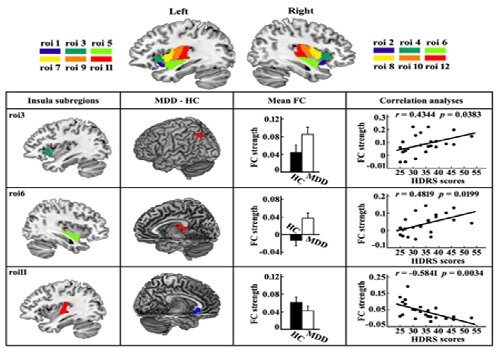
Chao Wang
Shenzhen University, Republic of China
Title: Disrupted functional connectivity patterns of the insula subregions in durg-free major depressive disorder
Biography
Biography: Chao Wang
Abstract
Major depressive disorder (MDD) is characterized by impairments in emotional and cognitive functions. Emerging studies have shown that cognition and emotion interact by reaching identical brain regions, and the insula is one such region with functional and structural heterogeneity. Although previous literatures have shown the role of insula in MDD,it remains unclear whether the insular subregions show differential change patterns in MDD. Using the resting-state fMRI data in a group of 23 drug-free MDD patients and 34 healthy controls (HCs), we investigated whether the abnormal connectivity patterns of insular sub-regions or any behavioural correlates can be detected in MDD. Further hierarchical cluster analysis was used to identify the functional connectivity-clustering patterns of insular sub-regions. Compared with HCs, the MDD exhibited higher connectivities between dorsal agranular insula and inferior parietal lobule and between ventral dysgranular and granular insula and thalamus/habehula, and lower connectivity of hypergranular insula to subgenual anterior cingulate cortex (Figure 1). Moreover, the three subregions with significant group differences were in three separate functional systems along anterior-to-posteior gradient (Figure 2). The anterior and middle insula showed positive correlation with depressive severity, while the posterior insular was to the contrary (Figure 1). These findings provided evidences for the MDD-related effects in functional connectivity patterns of insular subregions, and revealed that the subregions might be involved in different neural circuits associated with the contrary impacts on the depressive symptoms.
Figure 1:

Figure 2:


